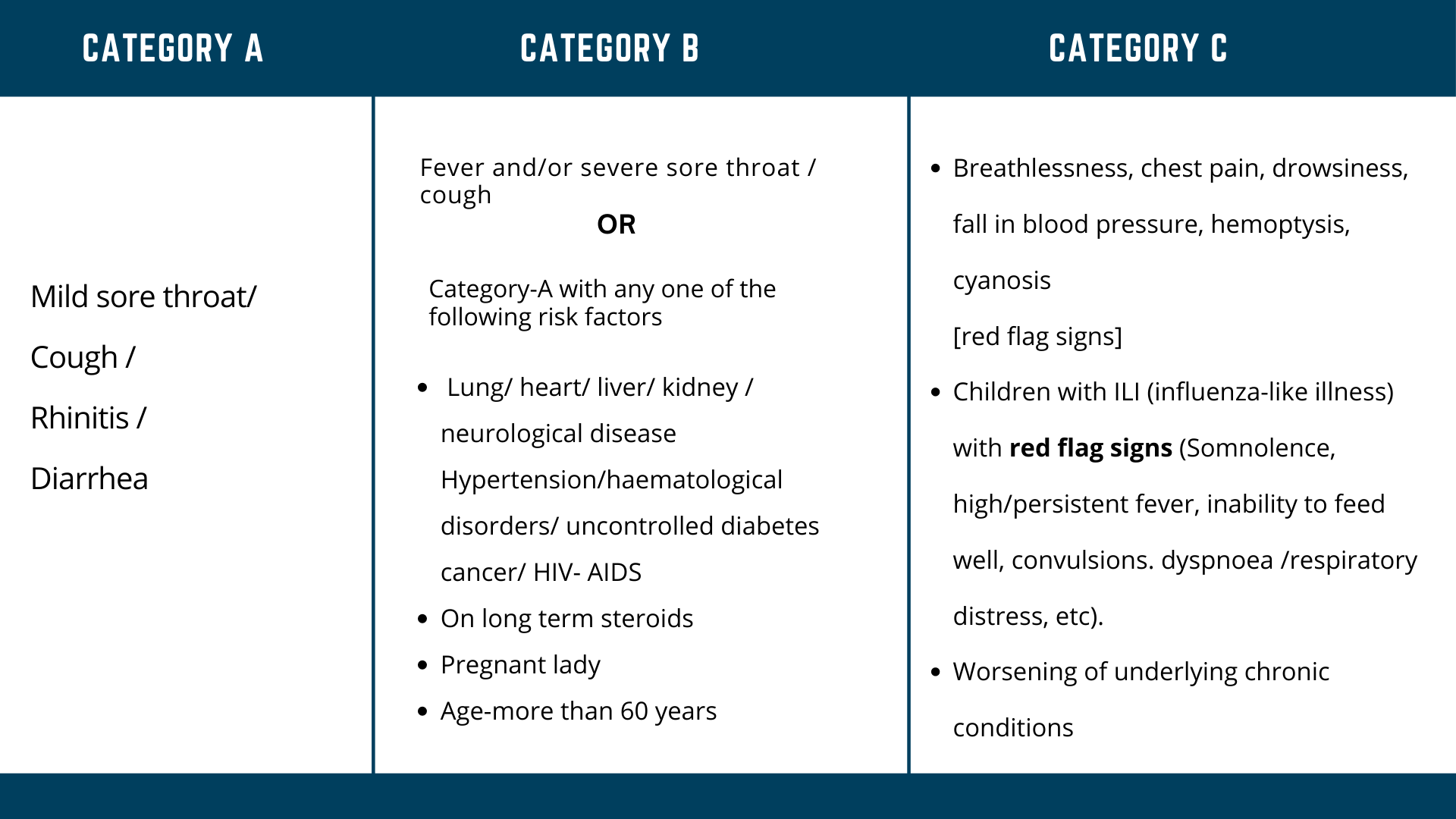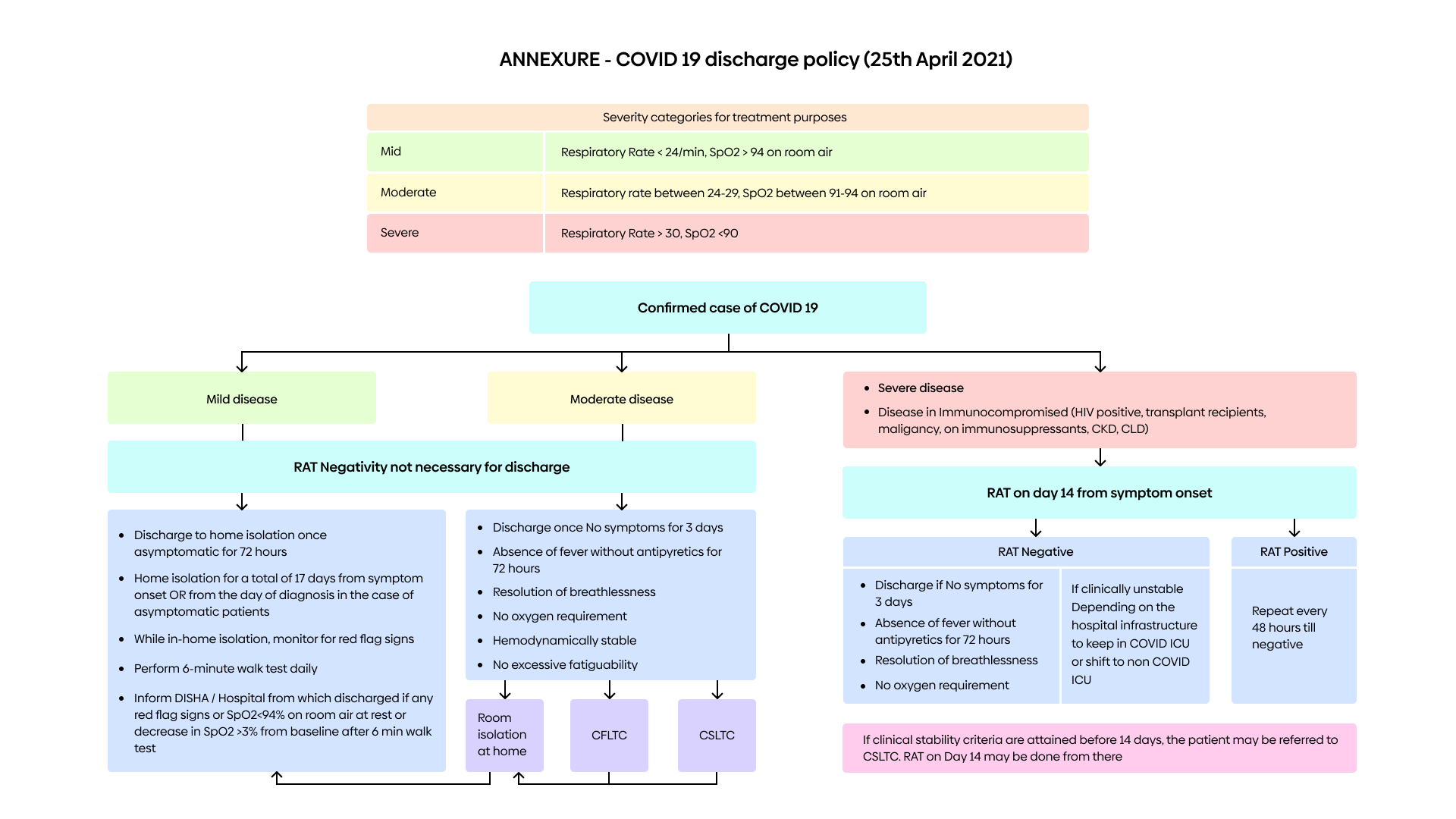

The second wave of SARS CoV2 is expected to be much more lethal than the previous one. And what has changed? Yes, the new mutations are more resilient and lethal, but there is another difference that could profoundly affect the outcome: the attitude of the general public!
People have become relaxed, and the fear has evaporated overall. The general modus operandi of any viral/bacterial outbreak is that the most vulnerable portion of the population suffers the most. In the current scenario, the most vulnerable are the ones with comorbidities (other diseases which could hinder the body’s ability to combat the virus, like COPD, diabetes, heart diseases, etc.) The least vulnerable are those with a strong immune system but wait, it’s not yet the time to celebrate “Mr. Strong”. You could still be an asymptomatic carrier. When you roam around carefree, feeling proud and ignorant, you are actually transmitting the virus to the vulnerable. Your foolishness could cause the loss of a loved one, maybe not yours but someones!!!
Understand, be aware and educate others of the true horrors that our “healthcare superheroes” face on a daily basis. Understand that, there is still no magic cure for COVID, hell, we haven’t even completely understood the virus! The one we have studied and tried to understand may not be the one in circulation now. The only “treatment” yet is to assist in your breathing (That is the reason for the current oxygen crisis) and some experimental drugs, which ‘might’ suppress your symptoms.
Beware, educate others and stay safe, stay indoors!!!
You will be classified based on your symptom severity into 3 categories A, B, or C.

Based on your symptoms and your blood oxygen levels you will be given medication and medical oxygen support. The recommended medications are Ivermectin+Budesonide, Favipiravir, and some glucocorticoids (anti-inflammatory and immunosuppressive), all of which are intended to get your immune system under control, in case of a cytokine storm.
Please be aware that none of these medications are completely tested for COVID nor are devoid of long-term side effects. These medications come under the category of “emergency use medicines”. The only reliable solution is to assist in your oxygen intake to bring the blood oxygen saturation up to satisfactory levels. (>94%).
The usage of assistive breathing comes at a great cost, not only in terms of money but in terms of your health. Our lungs are a very delicate organ made of special thin membranes, thin enough to allow gaseous exchange between the air we breathe and the bloodstream. The whole process of breathing is “automated” by a set of very powerful and delicate muscular systems. The use of assistive devices for longer periods of time can cause damages to any and all of these delicate systems.

RAT-Rapid antigen Test, CKD-Chronic kidney disease, CLD-Chronic liver disease, CFLTC-Covid first-line treatment center, CSLTC-Covid second-line treatment center
For category B patients, the saturation drop is managed by the use of medical oxygen (minimum 90% oxygen with 5% nitrogen and 5% argon) at a very low rate (2LPH) through a face oxygen mask. This rate may be increased up to 6LPH based on the spO2 level. Spirometry exercises and chest physiotherapy followed by prone position (14-16 hrs) also would help in regaining the blood oxygenation levels. As the severity increases the patient is ‘upgraded’ to category C and increases the oxygen dependence (6 – 15LPH) relative to further saturation drop via NRBM (Non-rebreather mask). Further saturation drop results in the patient being shifted to a ventilator as ‘a last-ditch effort’.
We have not touched upon the discomforts, disorientation, and pain associated with assisted breathing. The psychological impact of such situations is reported to be scarring. Many healthcare professionals have said that many patients unconsciously and forcefully remove the oxygen masks due to acute disorientation, which, if not identified and replaced at the right time could prove lethal. In such outbreaks, when hospitals function way above the intended capacity, human oversights usually happen.
Think really carefully about how you behave in such healthcare situations. Are you willing to put yourself or your loved ones through such hardship?
Everyone talks about the economic losses of lockdowns, now get a peek at the impact of COVID-19. Each day you spend in a hospital you end up consuming Medical Oxygen, PPE kits for health workers/cleaning staff, consumables and the cost of medical assistance. Medical Oxygen is charged at about INR 50/H, a standard PPE kit costs about INR 1000 (Multiple kits are required for health workers and cleaning staff to take care of one person), Ventilator would cost you about INR 2500/H, Medical advice, health workers, consumables etc are on top of it. Each day each person consumes INR 1200 worth of oxygen. Just imagine the cost to the healthcare system because of the stupidity of one idiotic person.
Humans have achieved so much with their intelligence, but are we intelligent enough to survive against a nano-particle (virus)?
Disclaimer: The information provided in the article is collected from various health workers and doctors. The perspective presented here is the authors own and is not intended to hurt anyone. Self-medication including self oxygenation could lead to serious complications, always consult with a practicing medical professional. The dark tone of the sentences is deliberate.